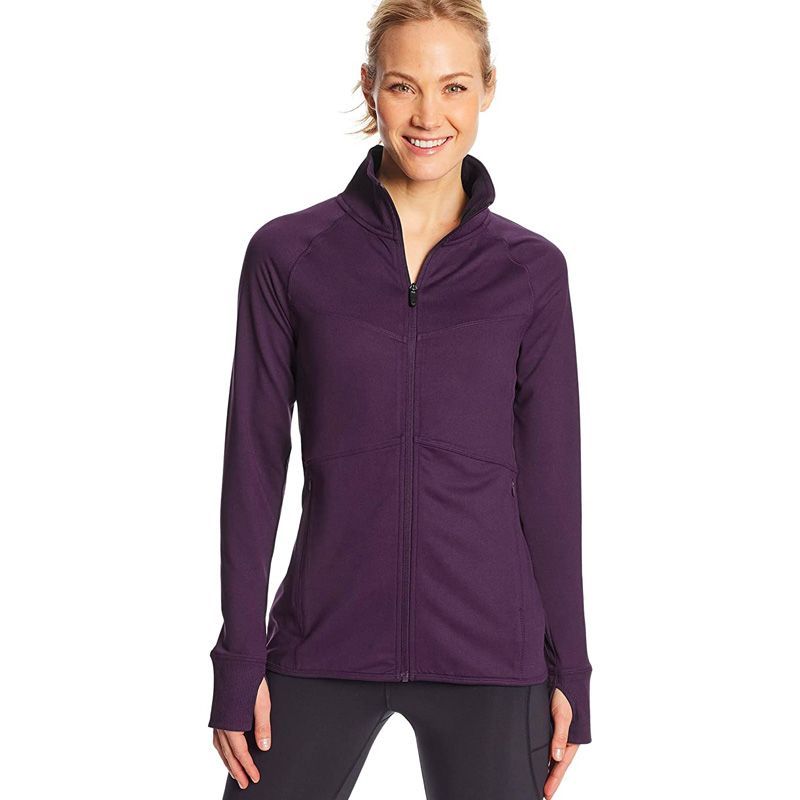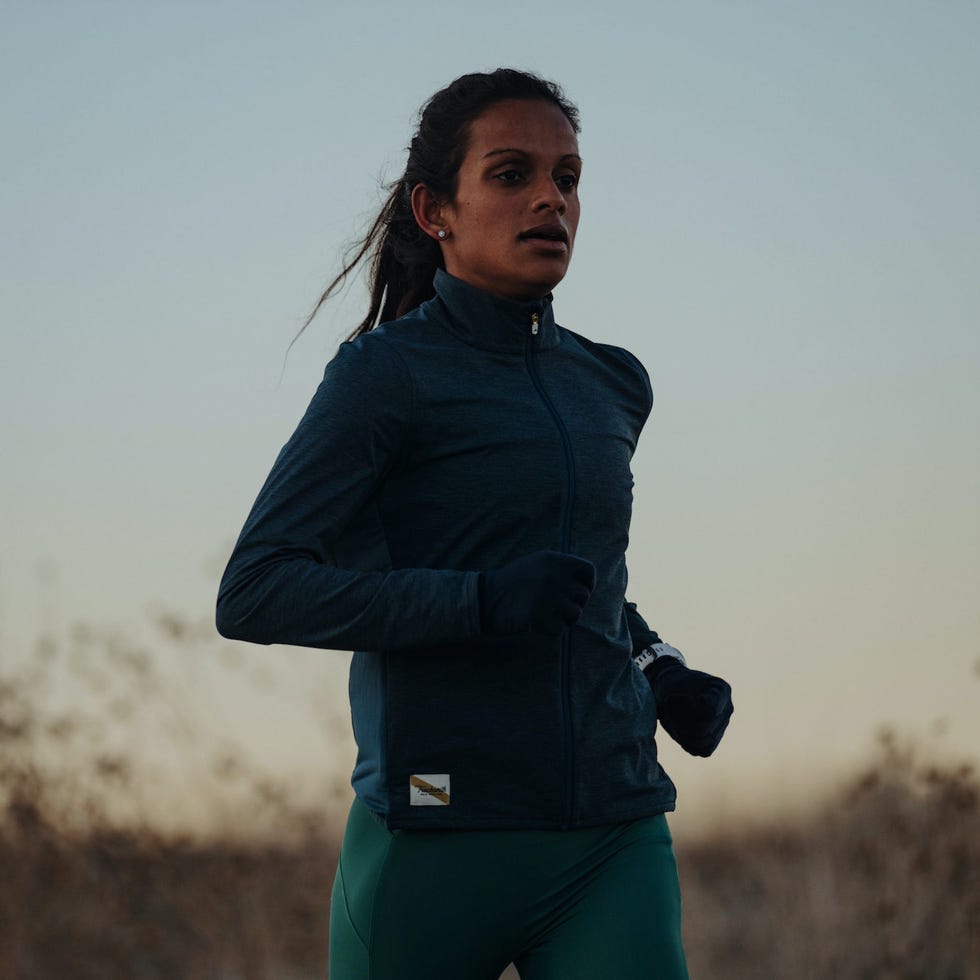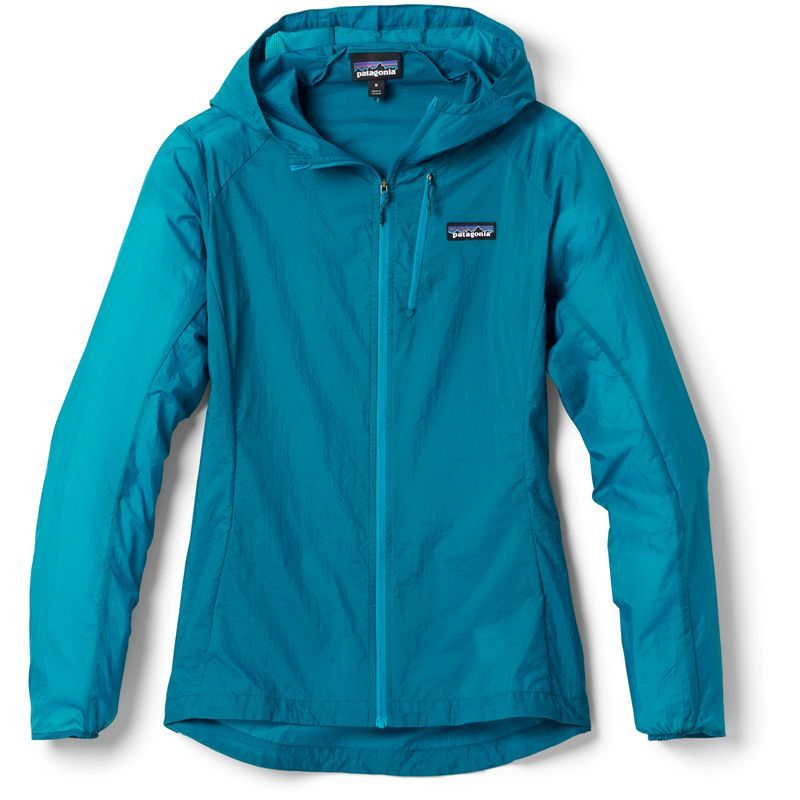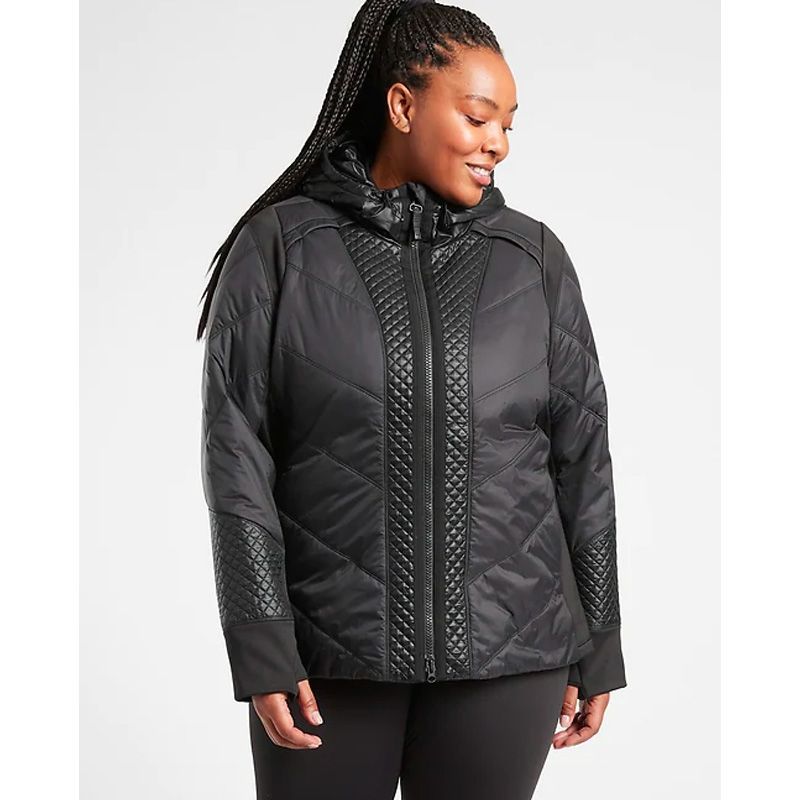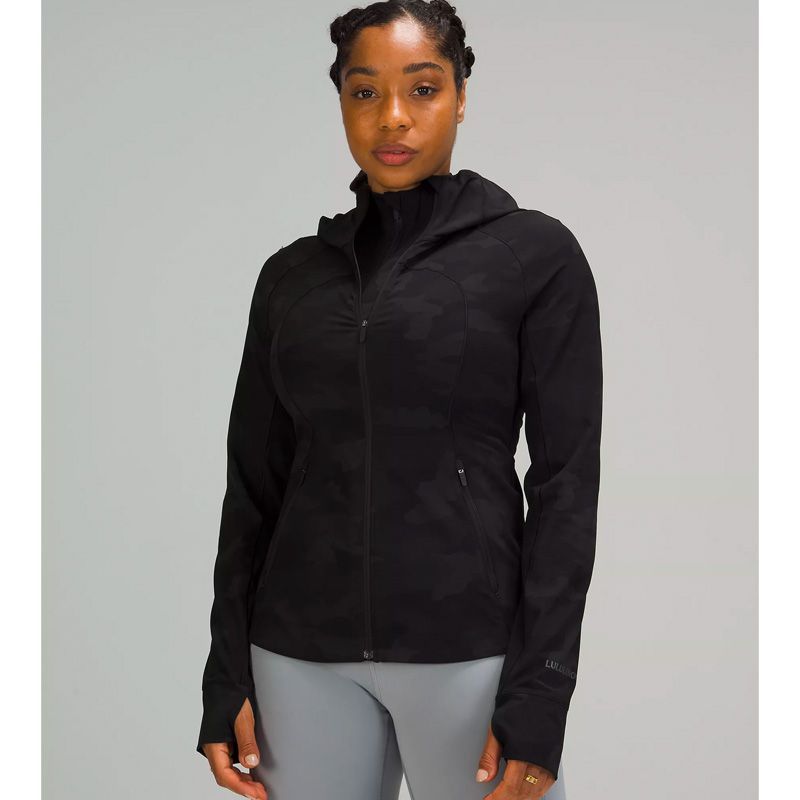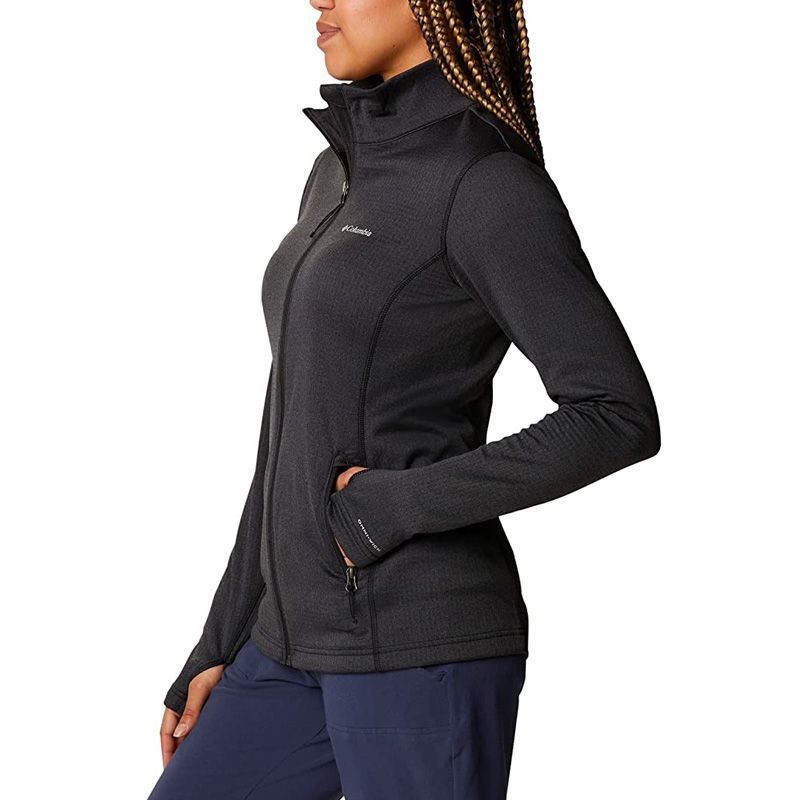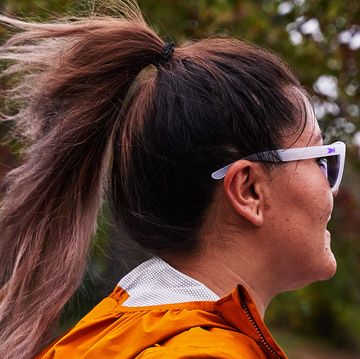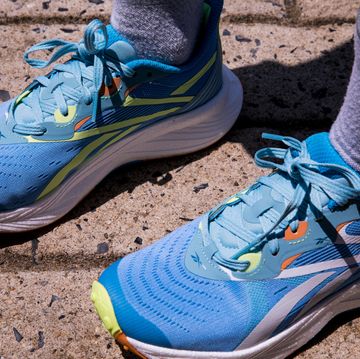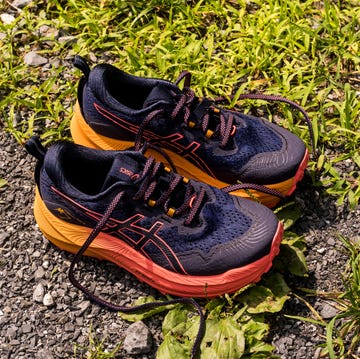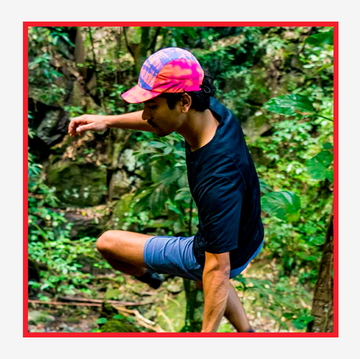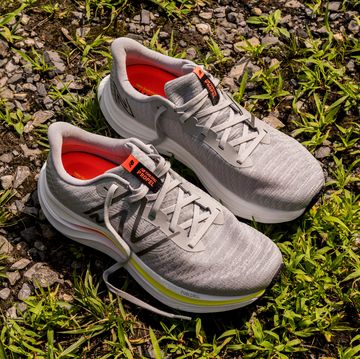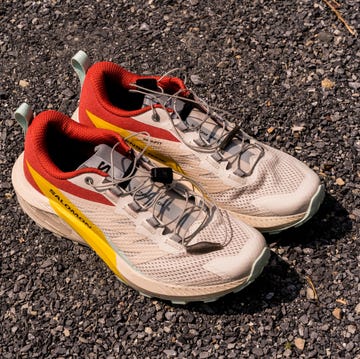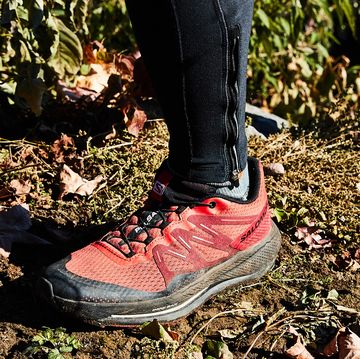We earn a commission for products purchased through some links in this article. Why Trust Us?
The Best Running Jackets for Women That Will Keep You Cozy This Fall
Don’t let the cooler weather stand between you and logging those miles.

As the weather turns colder, some runners move their workouts to a treadmill or turn to indoor cross-training. But if you prefer to keep your runs outside, it’s important to dress appropriately for the cooler temps so you can stay comfortable.
Dressing in layers is key, and a big component of an effective layering system is a good running jacket. Your running jacket needs to do more than keep you warm, though. It should protect against water and wind while still allowing you freedom of movement. We've rounded up the best women's running jackets on the market, all of which effortlessly combine performance, protection, comfort, and a sleek profile.
About the Expert: Marissa Cruz Lemar is an avid runner who has spent the better part of the past 18 years running in the mid-Atlantic, specifically the Washington, D.C., area and Annapolis, Maryland, where she lives now. Cold-weather running, in the 30- to 40-degree range, is her favorite, providing her with plenty of opportunity to test a variety of jackets. As long as there’s no ice on the roads, Marissa keeps running outdoors even when it’s below freezing, so she’s learned to handle the elements, whether by layering up or wearing a more insulated jacket. But because she runs outside year-round, Marissa is familiar with what works on wet but not especially cold days, too.
The Best Women's Running Jackets
Finding the Right Women’s Running Jacket
There are many things to consider when it comes to picking the right running jacket. Factors like material, water protection, and weight are especially important.
In terms of material, something stretchy is ideal so the fabric can move with you. Polyester, for example, gives you a great amount of flexibility and stretch, especially when combined with elastane. And like nylon, polyester wicks moisture well, allowing sweat to evaporate before it can freeze and cause a shiver-inducing chill.
Although synthetic fabrics don’t absorb much moisture, you should still look for a water-resistant or waterproof jacket if you log miles in rain or snow. Water-resistance, often achieved with a durable water repellent (DWR) coating, is a lower level of protection that will keep you dry in light to moderate rain for a little while. A waterproof jacket, on the other hand, offers a higher level of protection, thanks to a bonded membrane that seals out water. That’s great if you’re going to be out in heavy precipitation for a long run, but keep in mind membranes often limit breathability. Both water-resistant and waterproof constructions also block wind.
Jackets for Every Condition: The Best Winter Running Jackets | Packable Lightweight Jackets for Unpredictable Weather | 8 Jackets for Rainy Runs
The amount of insulation you need will depend on the conditions you’re running in, and to a certain extent, your personal preference and natural physiology. People with faster metabolisms generally run warmer and won’t need as much insulation. Even people who run colder will need less insulation on a 40-degree day during a high-output run than if they were walking around that same day. And some runners prefer to wear many layers, instead of one heavier outer layer. For their part, some companies employ body-mapped insulation or venting that varies between women’s and men’s styles.
The rest are bonus features. Thumbholes, a hood, and pockets are helpful and can increase warmth but aren’t required. Pockets, for example, are great for stashing things like gloves or a hat. And pockets with zippers are an extra bonus for securely storing valuables, like your keys and phone.
How We Evaluated
In addition to my own experience wearing running jackets, I researched the market and examined online reviews to find the best running jackets for women. This article includes a variety of styles—insulated, waterproof, pullover, and lightweight—so you’ll be covered no matter the weather or your preferences. I prioritized jackets made from materials that are stretchy and breathable and evaluated each model based on weather protection, value, comfort, and style. For the jackets that made the cut, I included an estimated temperature range in Fahrenheit in each review. For jackets I’ve run in, this range is based on my personal experience; for models I haven’t tried, I made assessments based on the product descriptions and reviews. Keep in mind these are estimations, and your own experience might vary—our “what to wear” tool can help with that.
Looking for more apparel to take you through the colder months? Check out our picks for the best winter running gear, neck gaiters, and fleece-lined leggings.
Marissa is an avid runner who has spent the better part of the past 18 years running in the mid-Atlantic, specifically the Washington, DC, area—she has run races of all distances, from 5Ks to full marathons, but an unconventional 5K run-walk in Indonesia remains her favorite. Her health and fitness writing has appeared in The Washington Post, Mashable, and Insider. Follow her on Twitter @mcruzmissile.
Before joining Runner's World, Gabrielle Hondorp spent 6 years in running retail (she has tested top gear from shoes, to watches, to rain jackets which has expanded her expertise—and her closets); she specializes in health and wellness, and is an expert on running gear from head-to-toe. Gabi began her journalism career as a Digital Editorial Fellow for Runner’s World and Bicycling Magazine, and has since advanced to a Runner's World Editor specializing in commerce. She has a double degree in English and Media and Communication from Muhlenberg College where she also ran cross country and track.
Watch Next
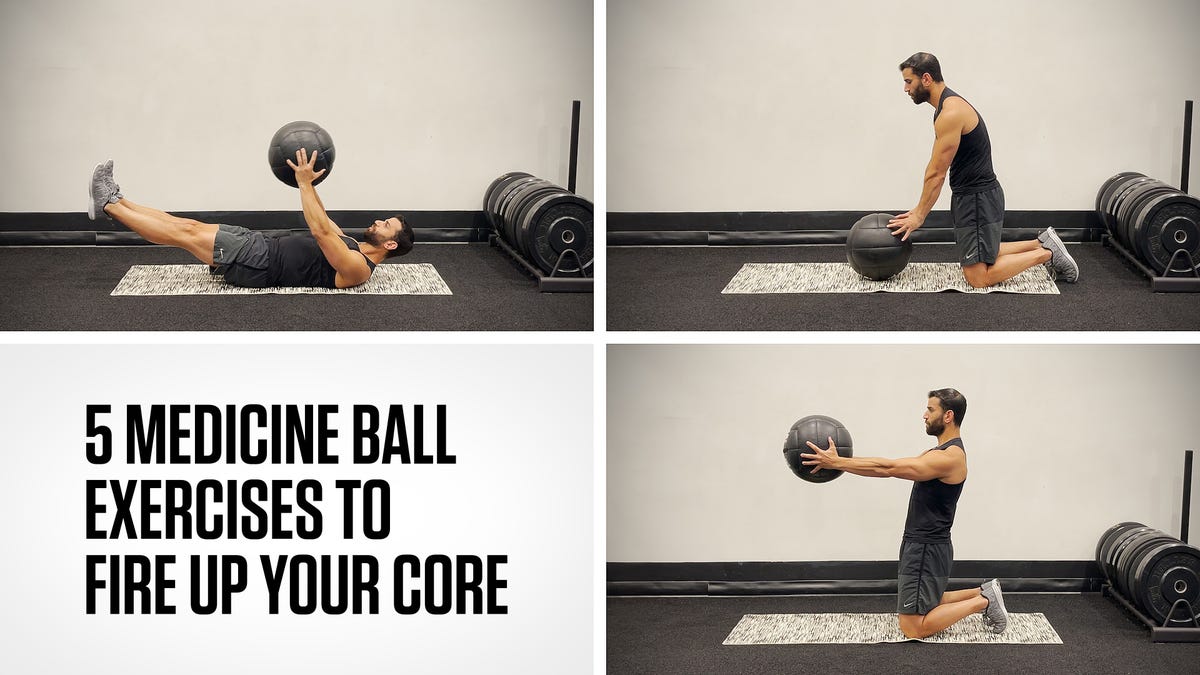
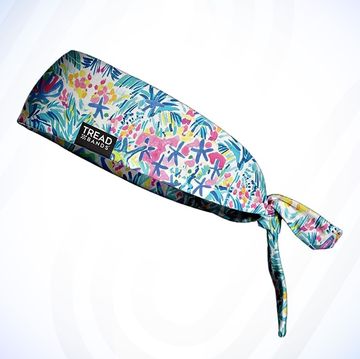
The Best Headbands for Runners
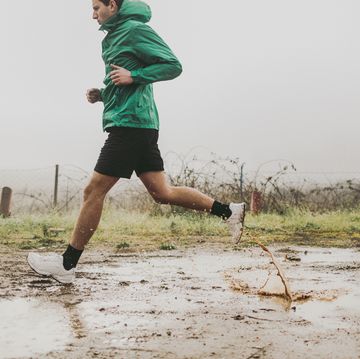
The Best Rainy Weather Gear for Soggy Runs
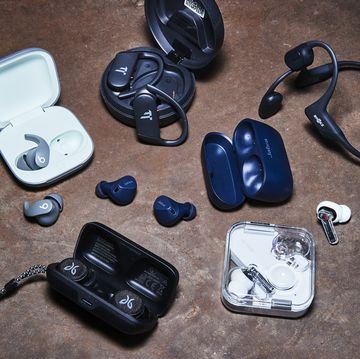
The Best-Tested Wireless Earbuds for Running
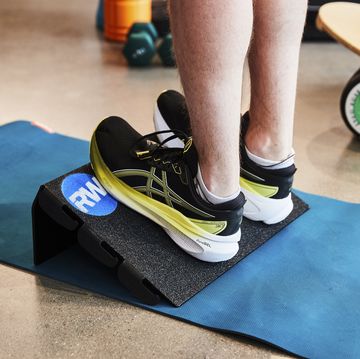
The Best Slant Boards for Happy Calves
